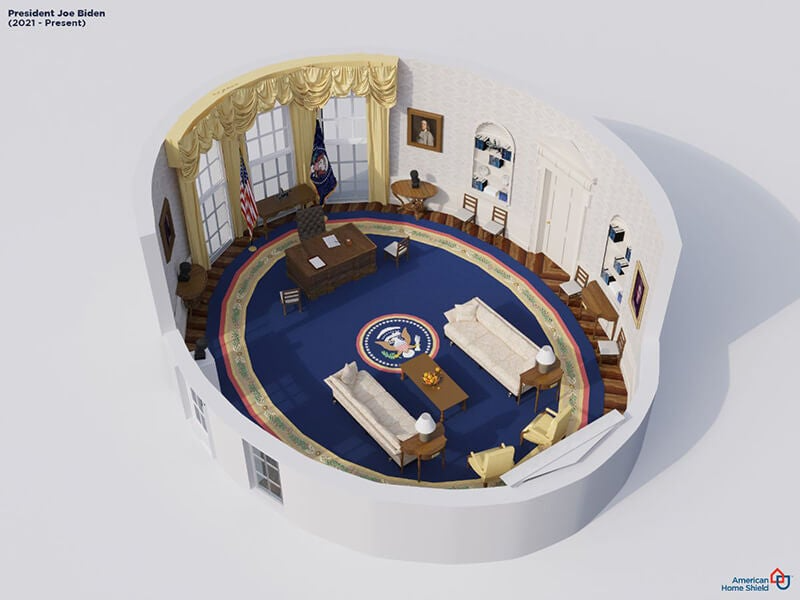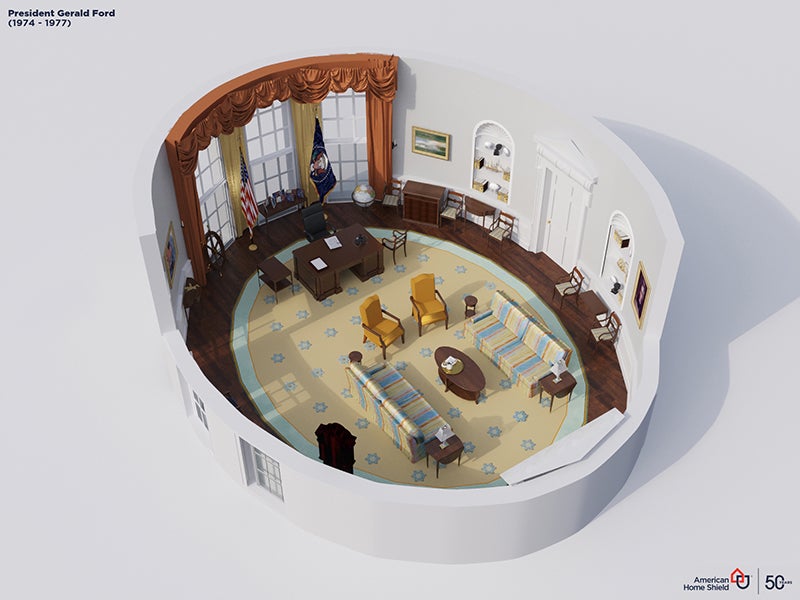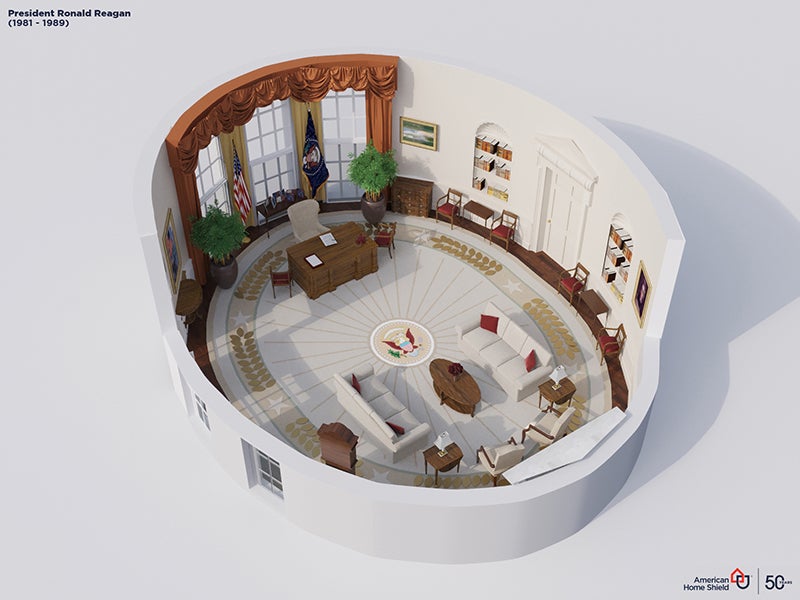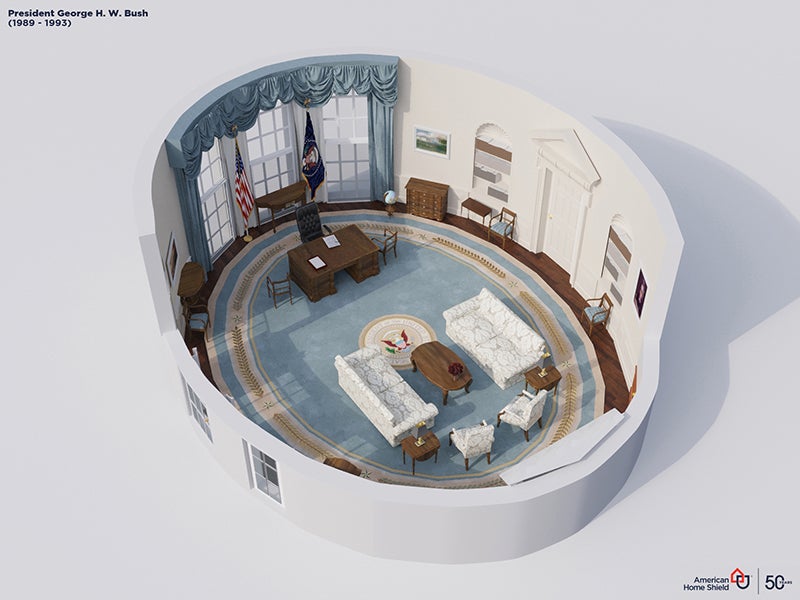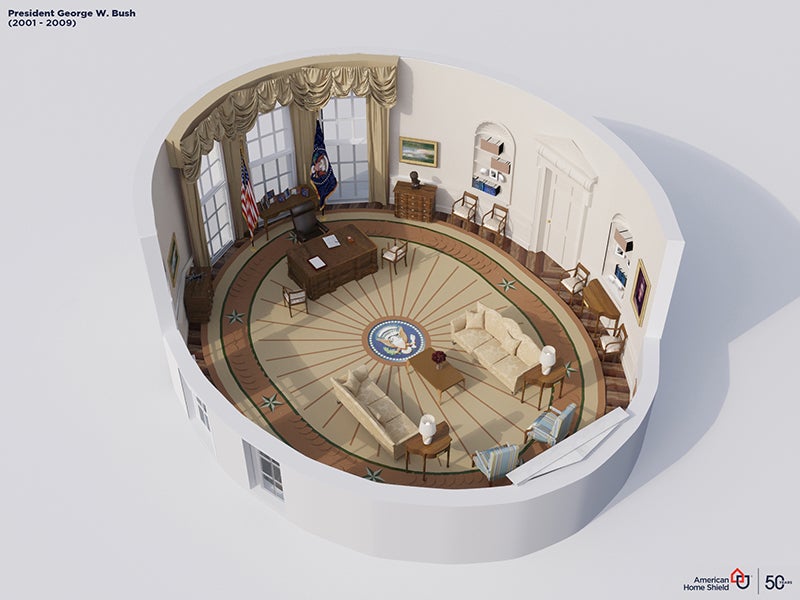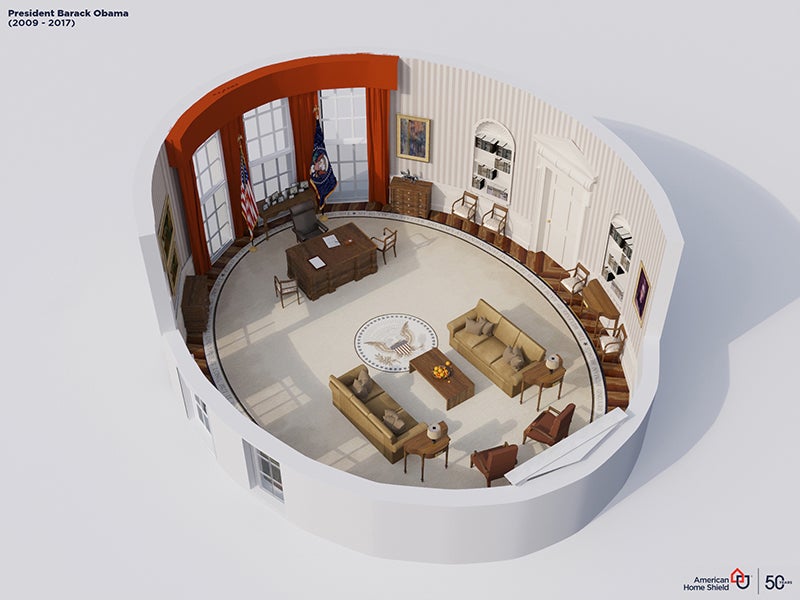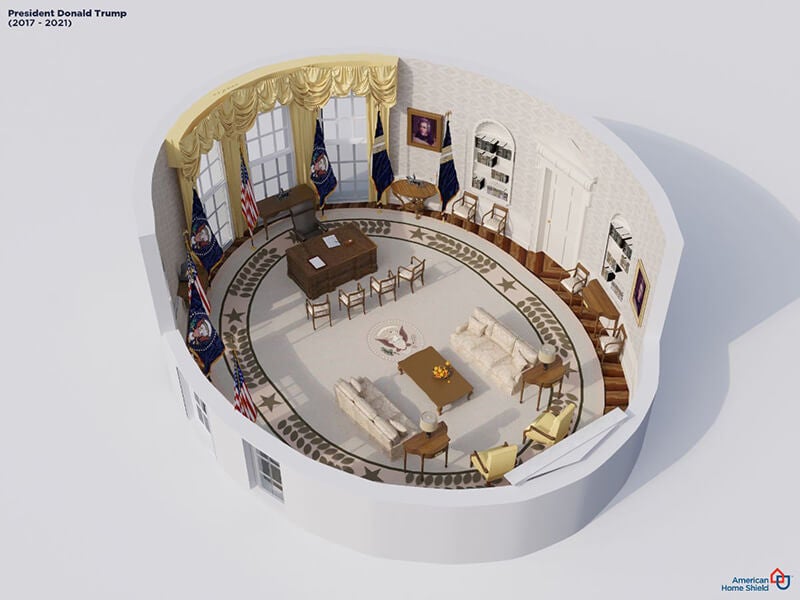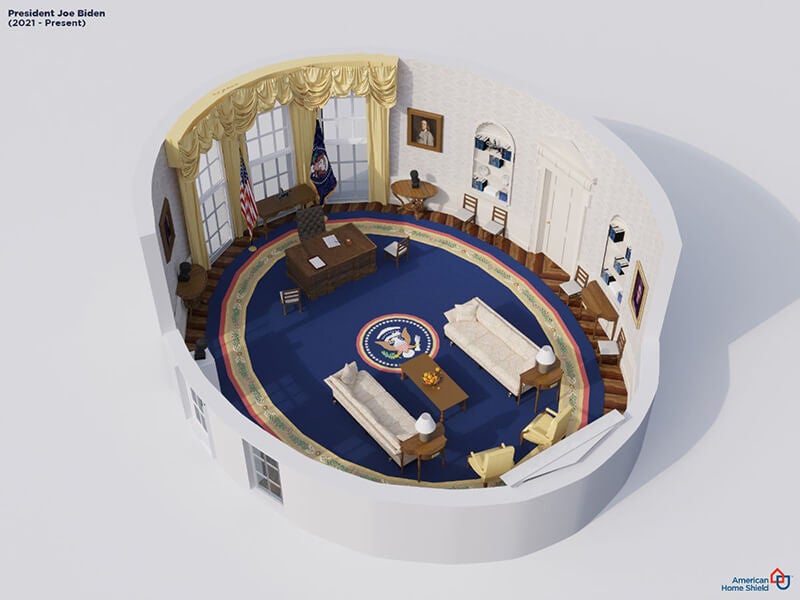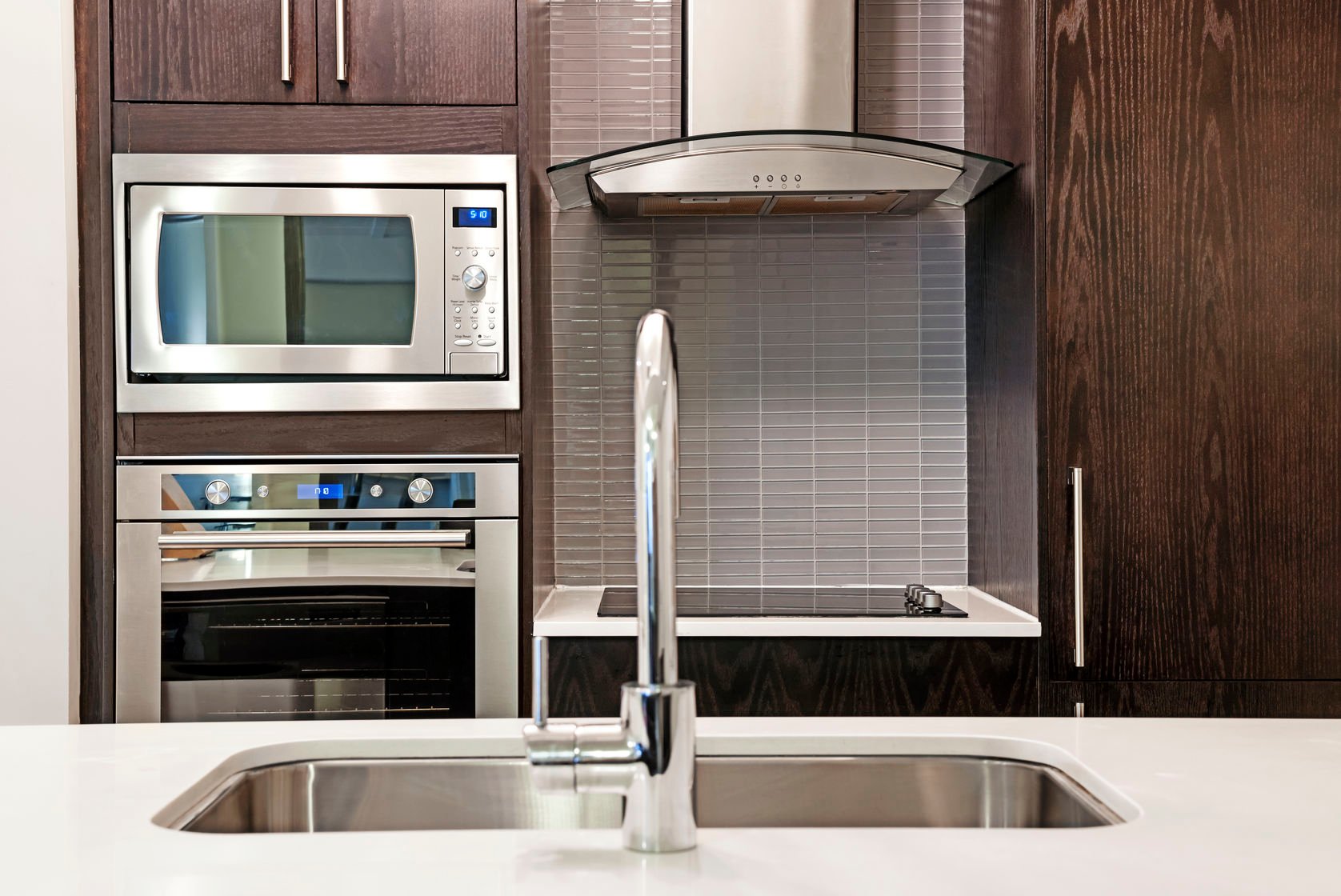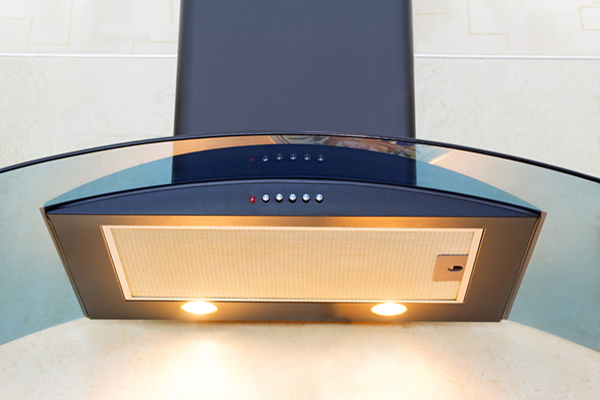It was William Howard Taft, the 27th president of the United States, who first moved the seat of power into what would become the Oval Office in 1909. As American Home Shield® celebrates our 50th anniversary this year, we wanted to look back at the evolution of the most illustrious room in the nation's most famous house. Just as a home warrany or appliance warranty can protect and maintain the systems and appliances in American homes, the Oval Office has been maintained and updated throughout its history to meet the needs of each administration.
We researched the changes made by each administration and created 3D renderings of each of the Oval Office's 20 new looks. Use this tool to compare each president's interior design against any other – much like how homeowners might compare different home warranty plans to find the best fit for their needs. Be sure to scroll on for a more detailed look at the evolution of the Oval Office and how its maintenance and updates mirror the importance of home protection and care that American Home Shield has championed for half a century.
From Taft to Biden, let’s take a closer look at some of the biggest decisions the leaders of the free world have made: wallpaper, paint, ornaments…
William Howard Taft (1909-1913)
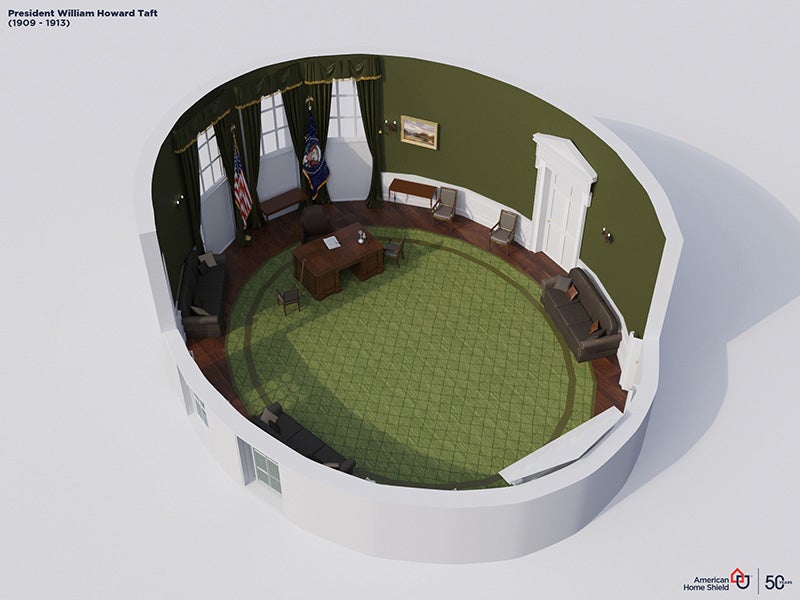
Taft made the decision to move the executive office from the Roosevelt Room to the room of the president’s secretary (now known as the Chief of Staff) during his expansion of the West Wing. The office had previously been rounded at just one end, but Taft had it remodeled to a more democratic oval shape.
Woodrow Wilson (1913-1921)

Following a period of reinvention in the West Wing, Taft’s immediate successors made only minor changes to the new Oval Office. President Wilson preferred to work in the Treaty Room (which would later become Obama’s “man-cave”), missing out on Oval Office features such as silk velvet curtains and mahagua wood floor.
Warren Harding (1921-1923)
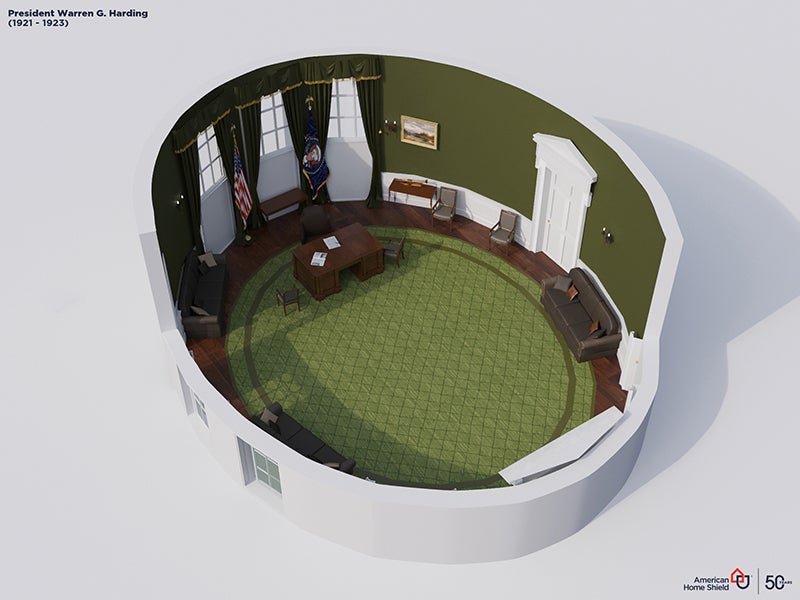
Harding died two years into his administration. A poignant photo of the Oval Office in August 1923 shows Harding’s leather desk chair and famous blotter adorned with mourning crepes.
Calvin Coolidge (1923-1929)
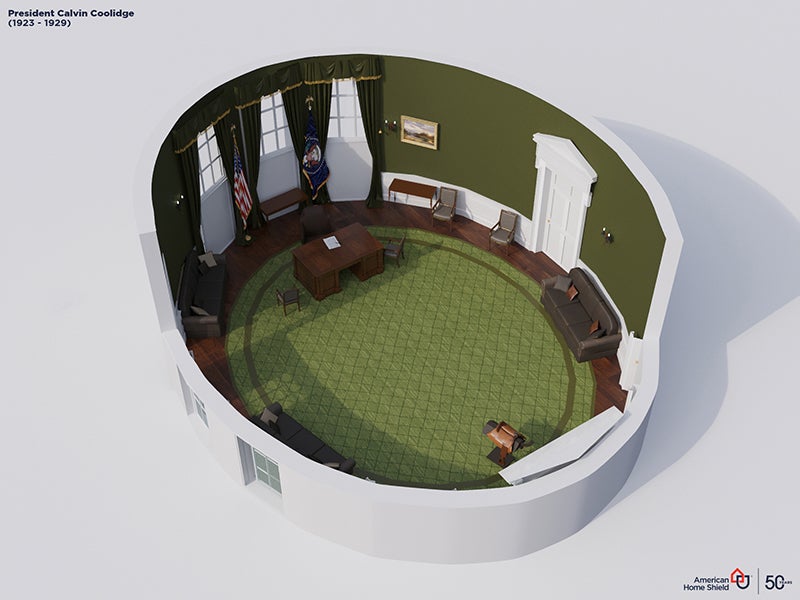
Coolidge’s Oval Office still reflects the work that designer Nathan C. Wyeth did for William Taft. A marble mantel in the neoclassical style adds gravity and authority to the scene, while the fixtures are by celebrated lighting and metalwork company E. F. Caldwell & Co.
Herbert Hoover (1929-1933)
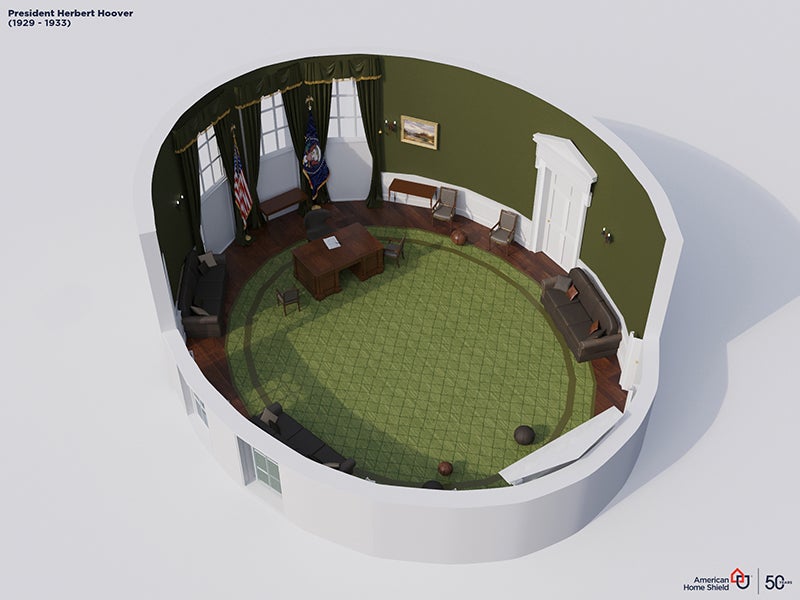
Wyeth and Taft’s Oval Office was ruined by the White House fire of Christmas Eve, 1929. Sitting President Hoover repaired and expanded the office in a colonial style, with butternut wood-paneled walls.
Franklin D. Roosevelt (1933-1945)
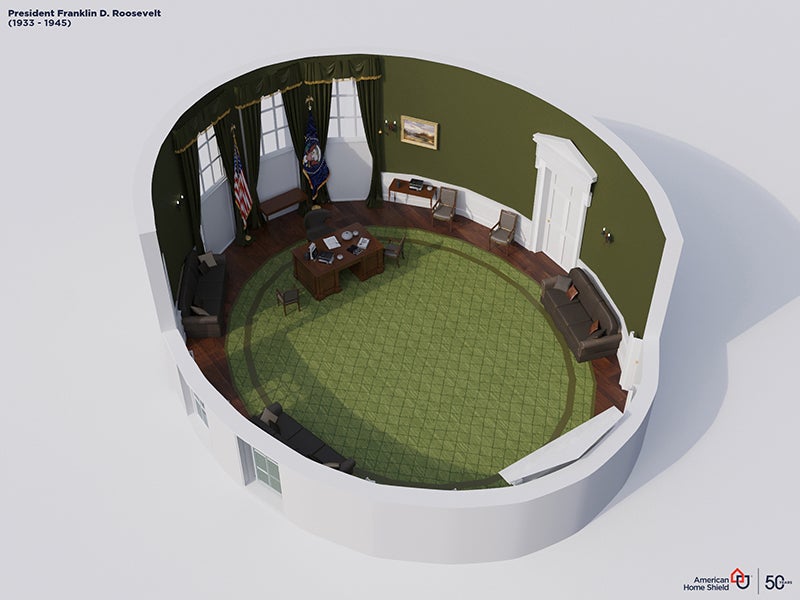
Despite Hoover’s renovations, Roosevelt soon relocated the Oval Office to the southeast corner of the West Wing, where there was better natural light. He also expanded it by two feet. However, he kept Hoover’s 17-piece suite, with which the Grand Rapids Furniture Manufacturers Association had refurnished the old Oval Office. It included a desk, “davenport, club chair, two large and one smaller wing chairs, two tables, swivel desk chair, two armchairs, two bookcases, a small table and three smoking stands of two sizes.”
Harry S. Truman (1945-1953)

Truman was the first to have a rug with the Seal of the President. It was a continuous blue-green color, with the crest implied by cutting the pile to different lengths. The rug would not be replaced until the day that JFK was assassinated. (This was a coincidence; Jacqueline Kennedy planned for the office to be redecorated while they were away in Texas.)
Dwight D. Eisenhower (1953-1961)
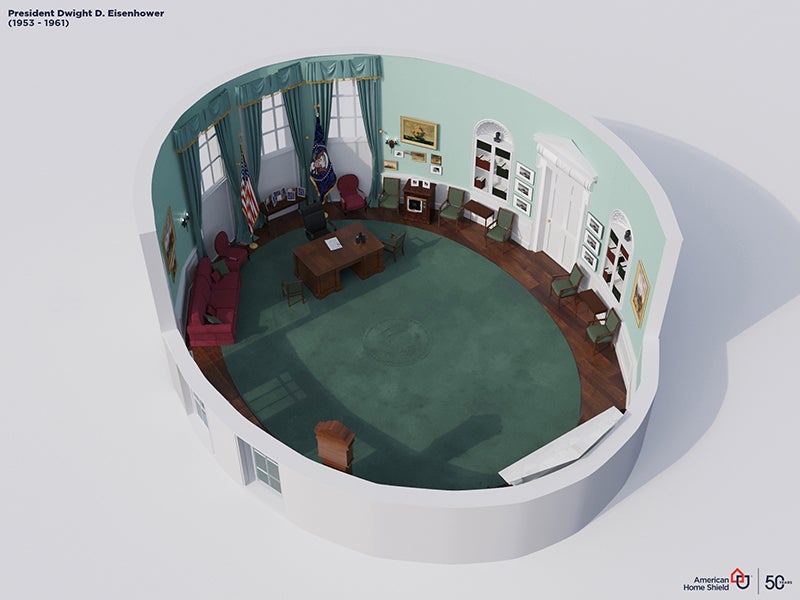
Eisenhower is one of just two presidents not to have made significant changes to the décor of the Oval Office. However, he reportedly destroyed the floor with his golf spikes, which he neglected to take off when returning from the putting green he established on the back lawn.
John F. Kennedy (1961-1963)
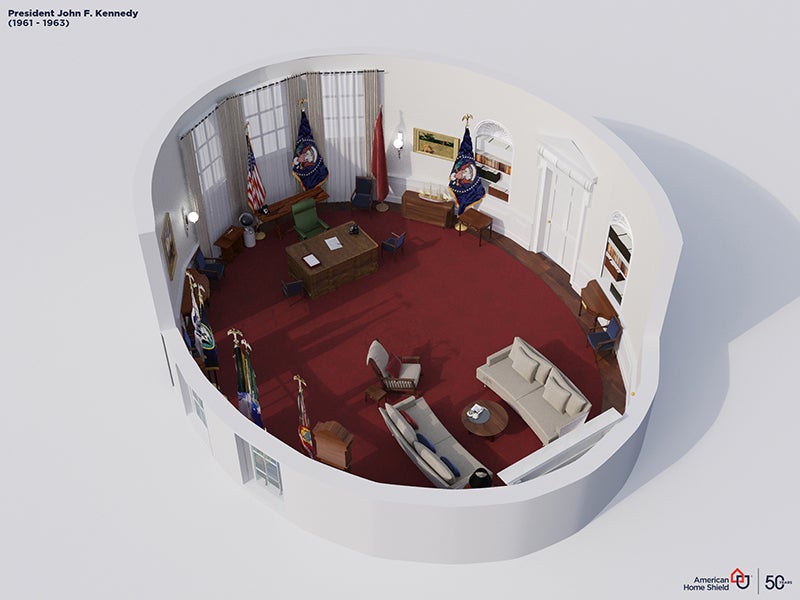
First Lady Jacqueline Kennedy invited French interior designer Stéphane Boudin to renovate and restore the White House. Boudin introduced a new red rug, white sofas, and pale curtains, but the Kennedy’s never got to see the finished job. Prior to the renovation, John Kennedy had personalized the space with items including a paperweight made from a coconut shell that saved his life in World War II.
Lyndon B. Johnson (1963-1969)

Johnson covered up Eisenhower’s spike-prints with wood-grain linoleum. He also brought the Oval Office into the media age, installing a teletype cabinet and banquette with three television sets. Johnson even had his own TV remote complete with LBJ monogram – so there was no fighting over who controlled the channels!
